Cooking a turkey can be a daunting task, especially if you’re aiming for that picture-perfect Thanksgiving centerpiece. From dry meat to undercooked thighs, there are several common pitfalls that home cooks encounter when preparing this holiday staple. However, with a bit of know-how and some simple tips, you can conquer these challenges and serve up a delicious, juicy turkey every time.
Problem 1: Dry Meat
One of the most prevalent issues with turkey is dryness, resulting in tough, chewy slices that leave diners reaching for extra gravy. Dry meat often occurs when the turkey is overcooked or cooked at too high a temperature.
Solution:
To combat dryness, consider brining your turkey before roasting. Brining involves soaking the turkey in a saltwater solution, which helps the meat retain moisture during cooking. Additionally, using a meat thermometer to monitor the internal temperature of the bird is crucial. Remove the turkey from the oven when the thickest part of the thigh reaches 165°F (75°C) to ensure perfectly cooked, juicy meat.
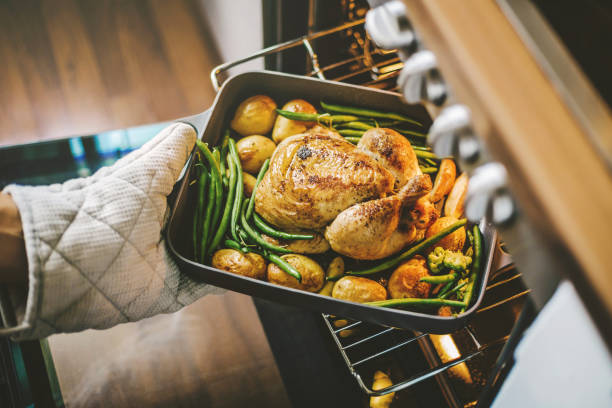
Problem 2: Uneven Cooking
Another common issue is uneven cooking, where certain parts of the turkey are overdone while others remain undercooked. This can result from improper placement in the oven or differences in thickness between various parts of the bird.
Solution:
To achieve uniform cooking, start by properly positioning the turkey in the oven. Place the bird breast-side up on a roasting rack in a roasting pan. This allows hot air to circulate evenly around the turkey, promoting consistent cooking. If you notice that certain parts are cooking faster than others, you can cover those areas with aluminum foil to prevent over-browning while the rest of the turkey finishes cooking.
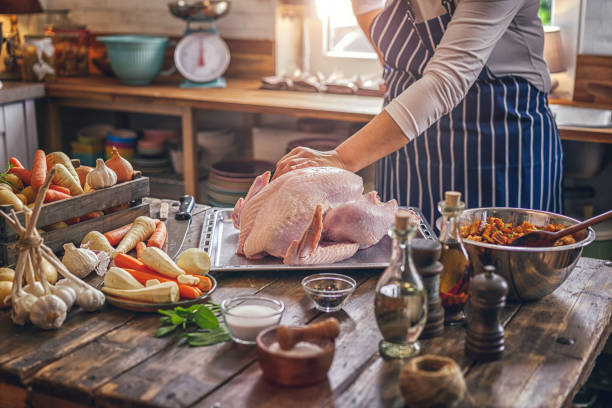
Problem 3: Flabby Skin
No one wants to bite into a slice of turkey only to encounter flabby, rubbery skin. Flabby skin can occur when the turkey is not properly dried before roasting or when it’s cooked at too low a temperature.
Solution:
To achieve crispy, golden-brown skin, pat the turkey dry with paper towels both inside and out before roasting. This helps remove excess moisture, allowing the skin to crisp up during cooking. Additionally, starting the turkey at a higher temperature (around 425°F or 220°C) for the first 30 minutes and then reducing the temperature to 350°F (175°C) can help render the fat beneath the skin, resulting in crispier skin.
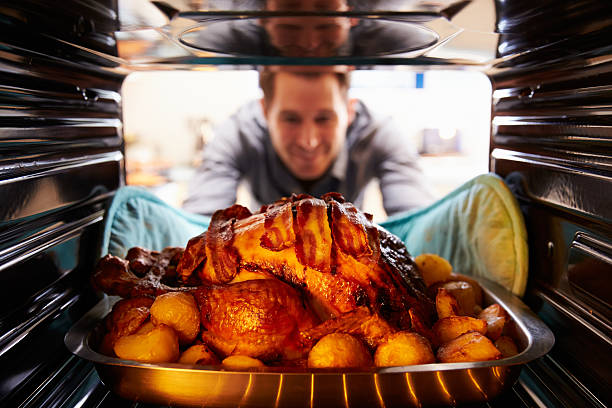
Problem 4: Flavorless Meat
Sometimes, despite your best efforts, the turkey can end up lacking in flavor, leaving guests disappointed.
Solution:
To infuse your turkey with flavor, consider seasoning it generously with a blend of herbs and spices before roasting. A classic mixture of salt, pepper, garlic powder, onion powder, and dried herbs like thyme, rosemary, and sage works wonders. You can also enhance the flavor by stuffing the turkey cavity with aromatic ingredients like onions, garlic, citrus fruits, and fresh herbs.
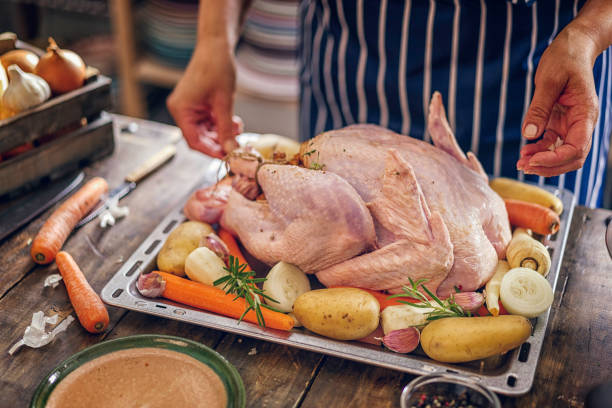
Preparing a turkey can be a challenging task, but by addressing common problems with practical solutions, you can ensure a delicious and memorable holiday feast. Remember to brine the turkey for moist meat, ensure even cooking by proper placement in the oven, achieve crispy skin through drying and high initial temperature, and infuse flavor with a well-seasoned rub and aromatic stuffing. With these tips in mind, you’ll be well on your way to mastering the art of turkey roasting.
If you want more information on food and recipes, keep following us: https://www.bygoody.com/

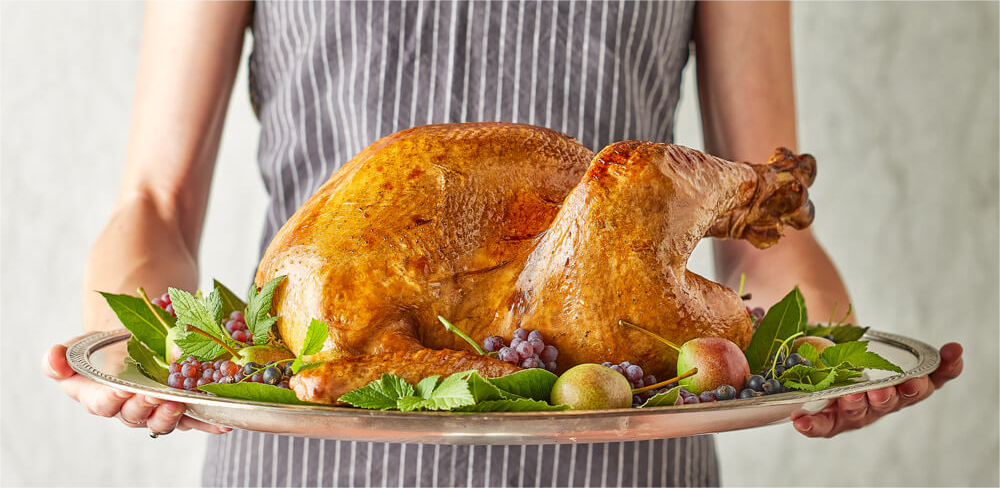






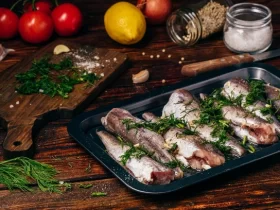

Leave a Reply